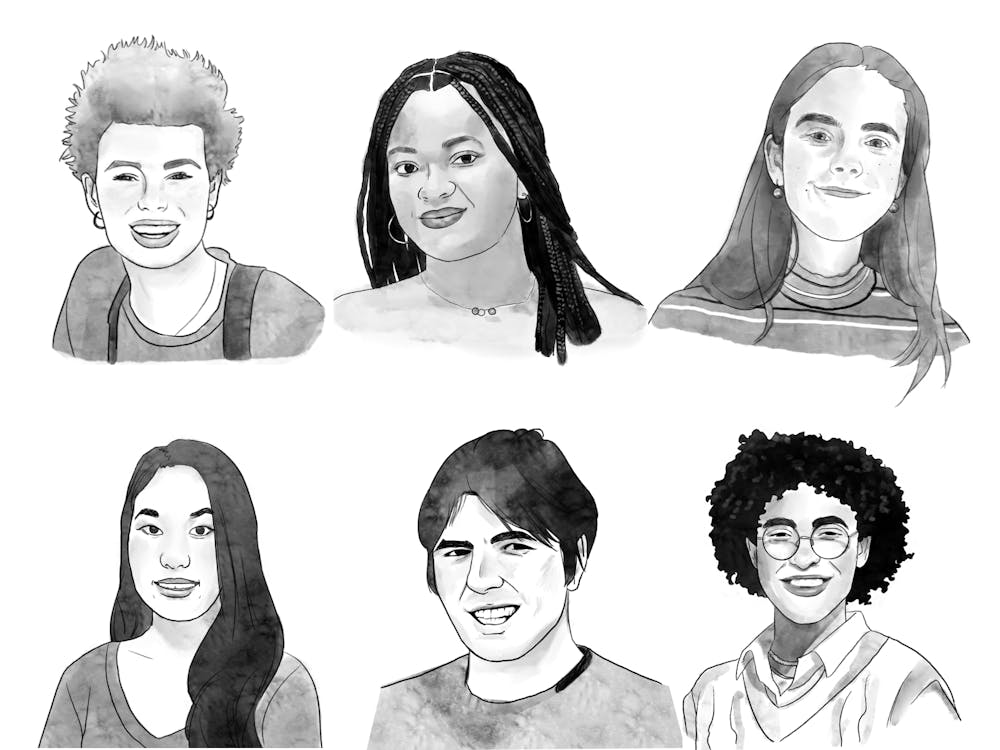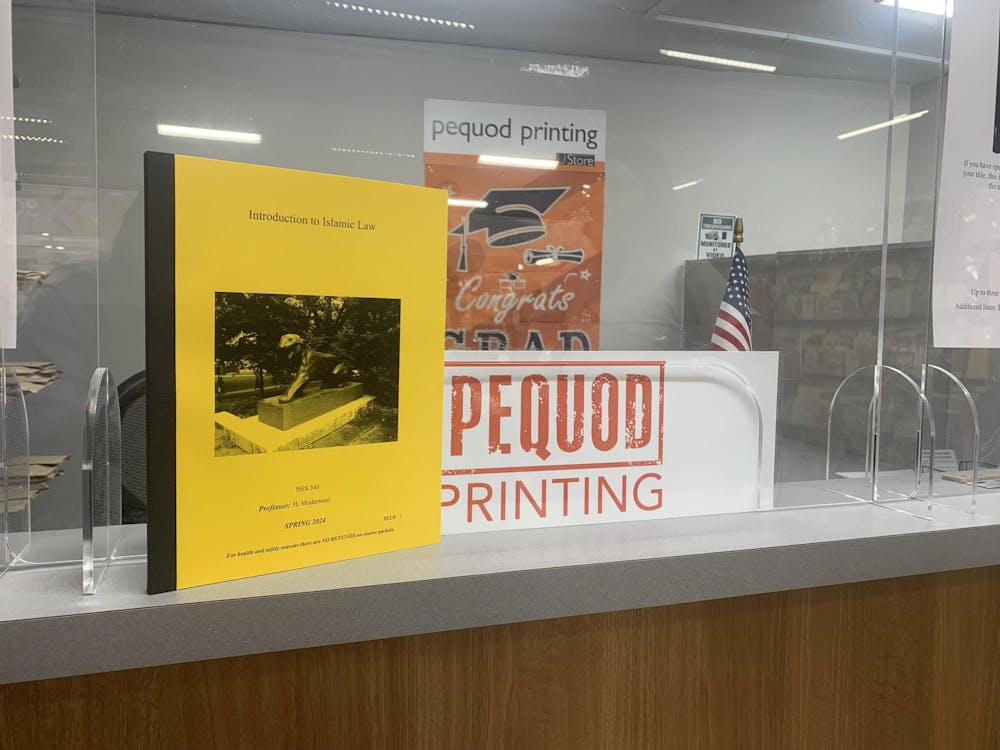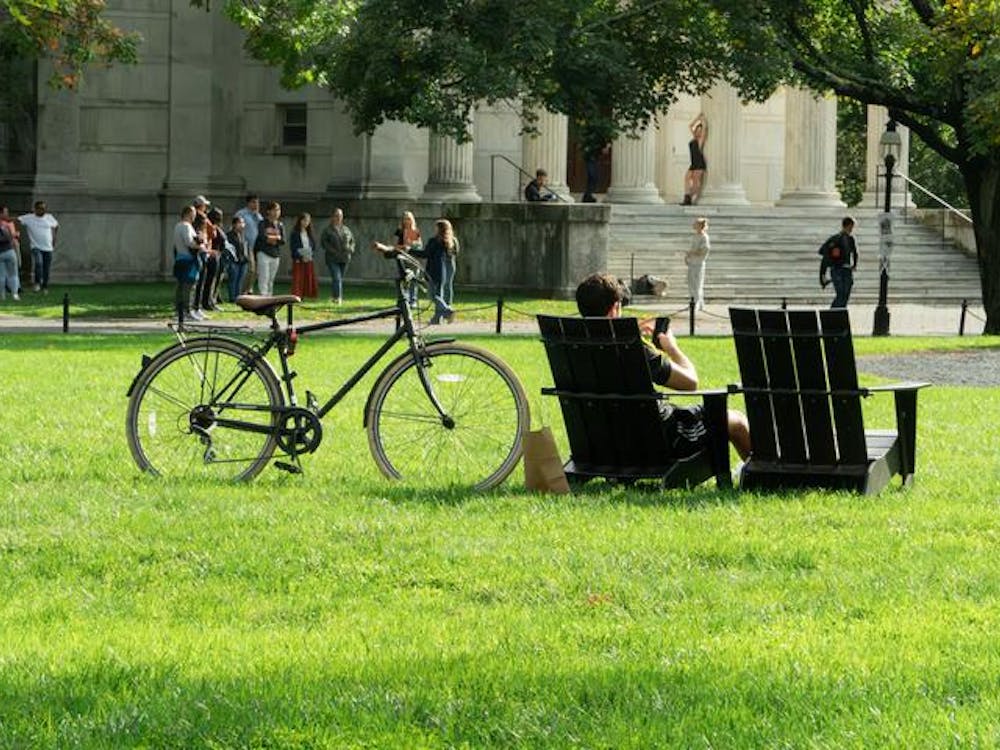By Duncan Hosie
You may have seen the signs already. From Frist Campus Center to the basement of Little Hall, the campus conservatives associated with a national group called Turning Point USA have put up signs that tout “The greatest social program is a JOB!”
I write to offer a different perspective on poverty, social programs and employment. The signs, and the larger conservative ideology embedded in them, misunderstand poverty and the bona fide need to have social programs designed to help the poor. I challenge students to have a real conversation about poverty in America — a conversation, I hope, that is informed by social science data and not by stereotypes, racial privilege and simple slogans.
To begin, most poor people have jobs. This past summer, sociologists and social scientists at Cornell, Louisiana State University and Brigham Young University conducted a comprehensive study on America’s working poor. The findings were unambiguous. “The majority of the United States’ poor aren’t sitting on street corners,” one of the authors noted. “They’re employed at low-paying jobs, struggling to support themselves and a family.” The data used in this study have been confirmed by a variety of sources, ranging from the U.S. Census Bureau to multiple economists at Harvard. And further research from the Economic Policy Institute has found that a considerable portion of poor people who currently don’t work are eligible to work but simply cannot find jobs.
To argue “the greatest social program is a JOB!” completely misses the point. If we are serious about raising people out of poverty and providing all Americans with a basic, decent standard of living, we need to do more than expand access to employment. A full-time minimum wage worker in the United States who makes $7.25 per hour will have an annual income of $15,080; the poverty threshold for a family of four is $22,283, as reported in 2012.
If jobs are not enough, then what is the solution? Programs that actually help the poor escape poverty. They include common sense policies like raising the minimum wage, expanding access to childcare, extending the earned income tax credit, and ensuring all Americans have access to affordable healthcare. Recent research indicates that raising the minimum wage alone to $10.10 would lift nearly 5 million Americans out of poverty.
The conservative sign is also problematic in its conception of social programs. America’s welfare system best serves the affluent, not the poor. Our biggest “social programs” are the myriad of tax breaks and subsidies designed to enrich the rich, not aid marginalized communities. For instance, according to The New York Times, state and local governments provide $80 billion each year directly to companies. On the federal level, it’s a similarly sad story. The libertarian Cato Institute contends, “Corporate welfare in the federal budget costs taxpayers almost $100 billion a year.” In comparison, last year, the federal government only spent $17.35 billion on Temporary Assistance for Needy Families, the program most Americans think of as “welfare.”
Through direct subsidies and tax deductions, we dole out taxpayer money to oil companies, Wall Street banks, yacht owners and wealthy Americans who buy multiple vacation homes. We even subsidize the fast food employers who pay their employees poverty wages. Yet conservatives all too often view programs to expand affordable housing for low-income communities and increase access to healthcare as undesirable (and undeserved) social welfare programs.
This discussion, of course, is larger than a sign. President Ronald Reagan is credited with coining the phrase, “the greatest social program is a job,” and the statement has influenced the conservatives who followed and their policies. Earlier this year, the leading Republican presidential candidate, Donald Trump, wrote on Twitter, “The best social program, by far, is a JOB!” Like many other conservatives, Reagan and Trump used these seven words to justify a larger agenda that overlooks the challenges of the working poor and seeks to limit the safety net. The sign, in essence, represents the flaws in how this nation views, discusses, and addresses poverty.
It’s easy for campus conservatives to lecture the poor from the rarefied halls of the University on how they need to get jobs, stop being lazy and pull themselves up by their bootstraps. It’s harder to actually look at the data and make an effort to understand the actual issues at play. I encourage those who believe poverty would be cured only if the poor had jobs to look at the facts and consider the real world outside the Orange Bubble. It may be hard to fit that message on a sign, but it would be the right thing to do.
Duncan Hosie is a Wilson School major from San Francisco, Calif. He can be reached at dhosie@princeton.edu. This draft was edited by Destiny Crockett, an English major from St. Louis, Mo. She can be reached at datc@princeton.edu.









